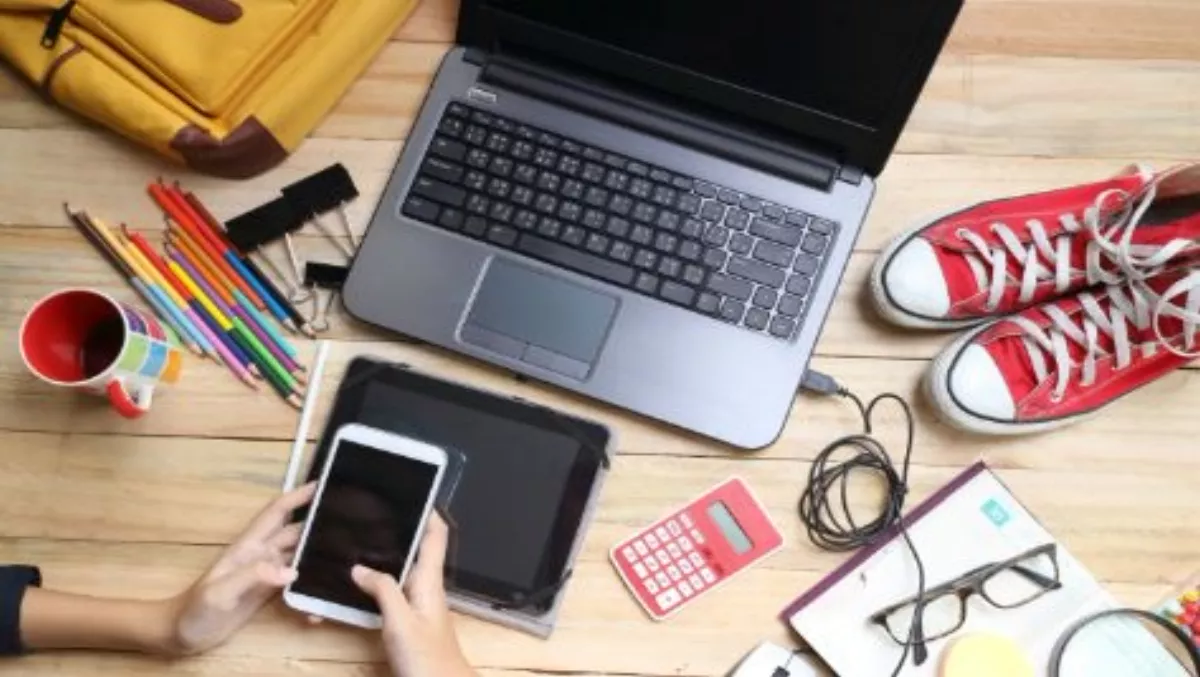
BYOD and you: How to successfully bring tech into the classroom
The BYOD (Bring Your Own Device) trend has the ability to bring many benefits to schools but it also has the potential to cause significant disruption.
Because of this, several industry experts say schools need to implement careful planning when transitioning into a BYOD environment.
With BYOD becoming standard across many schools in New Zealand, it's important to know what problems may arise and what schools and teachers should consider.
Lesson planning with BYOD
Technology can be an excellent tool, but proper planning is needed to ensure it is fully utilised and doesn't become more of a hindrance.
Before the class or topic begins, teachers need to plan lessons for the devices and services they will be using.
Educators should ensure they know how to use these tools, and have a back-up plan should they not work as planned, before introducing them to students.
Teachers should also prepare a list of websites and applications that are ideal for particular subjects or individual students - this way students will be engaged for longer and they have the means to continue learning outside the classroom.
Blended and balanced learning
For a balanced and healthy classroom, it is important to unplug occasionally. Students likely use mobile devices at home and away from school, and if they are using them constantly in the classroom, they are constantly in front of a screen.
Teachers need to apply standard teaching practises even when BYOD policies have been fully implemented in school.
Choosing the right devices
With so many mobile devices on offer today, choosing the right one to invest in can be overwhelming for teachers and students alike.
It can be helpful to seek advice on what devices are optimised for school settings, test out these devices, and share key findings.
HP, for one, endeavours to help schools meet the challenges of 21st century education with solutions that provide total access to content, curriculum and fellow students.
The HP Stream 11, retailing in New Zealand at $450-$499, is a Windows-based PC that enables students to store content in the cloud - enabling them to access it in more places.
It comes with Office 365 Personal, for both online and offline use, including Exel, Word, PowerPoint, OneNote and Access, plus cloud integration for one year.
This device also has a fanless system so it is quieter to use, dual-core processors, more ports for more connections, and a battery that lasts up to eight hours and 15 minutes.
Bandwidth
Schools need to consider bandwidth and what impact bringing in BYOD policies will have on it.
Internet use is likely to increase when classrooms implement BYOD policies as more students will be online at one time, compared to schools who use computer labs with desktop computers, where internet use is more sporadic.
Appropriate use of internet and devices
Schools and teachers must give students boundaries for device use while in the classroom.
Conversations about appropriate use of technology and the internet must be ongoing. Open conversations about the dangers of the internet, social networking and online bullying are necessary to teach students about risk.


